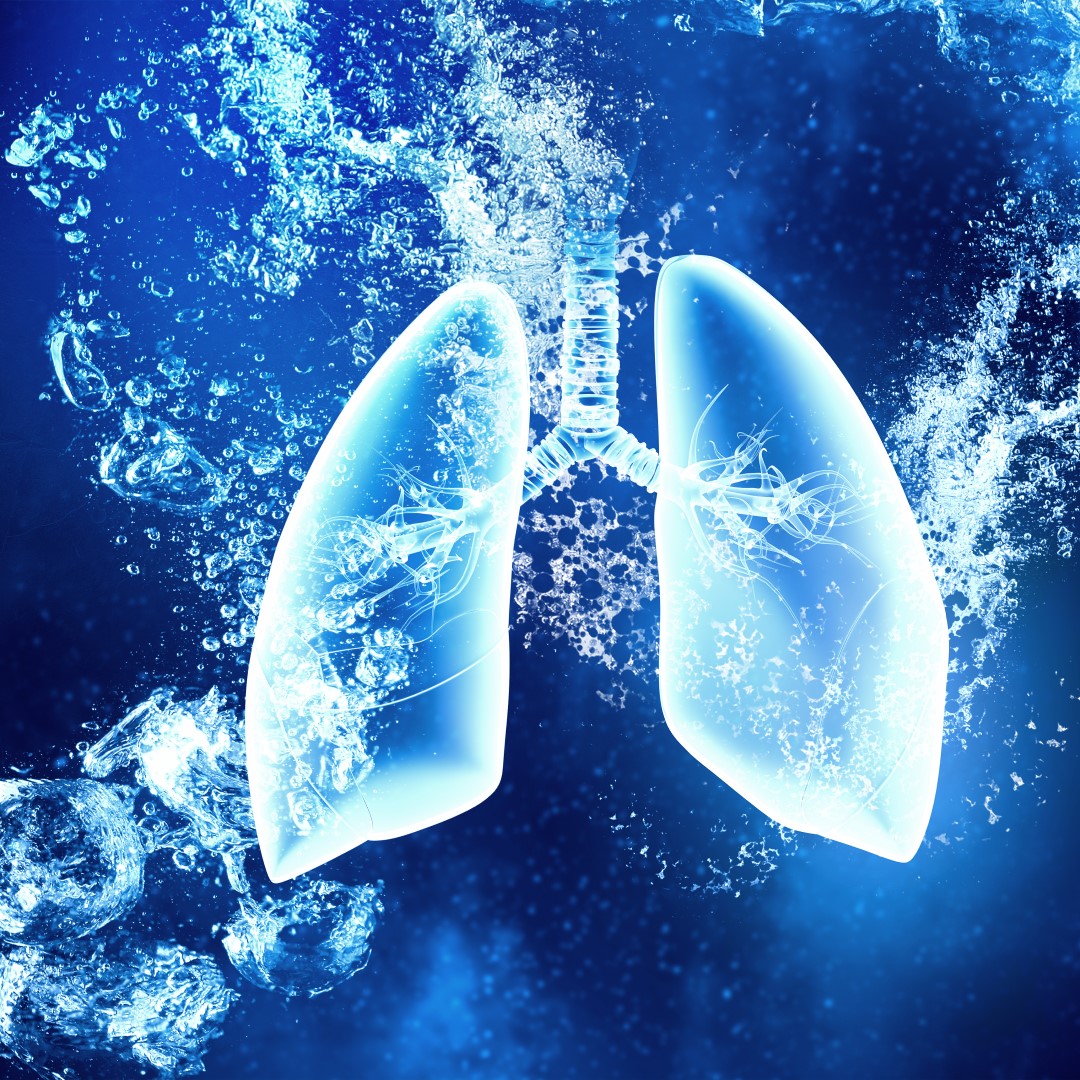
Researchers Map Cellular Landscape of the Developing Human Lung
On Aug. 13, 2025, a research team led by investigators at the Translational Genomics Research Institute (TGen), part of City of Hope, announced they have created a high-resolution spatial atlas of the developing human lung, mapping how cells grow, interact, and organize themselves to ensure proper gas exchange within the lung — and how premature birth and injury disrupt that process.
The scientists used image-based spatial transcriptomics to examine ~1.2 million cells from 17 human infant lungs across a range of gestational ages, postnatal life spans, and disease states. By localizing cellular and molecular profiles within each tissue sample, the atlas shows how lung development unfolds in detail with subcellular resolution.
Traditionally, lung injury has been studied by comparing “disease” samples with “controls,” but this approach breaks down when studying premature birth, because infants born early have underdeveloped lungs that aren’t ready to take in oxygen. Any exposure to the outside atmosphere early enough in an individual’s life damages lung tissue heavily, sometimes past the point where recovery can happen.
To overcome this challenge, the investigators developed a new analysis framework that veers away from standard control vs. disease-style experiments and models lung development and dysregulation with only two objective measures — gestational age (time spent in utero) and life span (time after birth until an infant passes away). This method allowed the scientists to study how development and injury intersect and what the effect of time has on both factors, without imposing artificial categories.
Within each lung sample, the researchers identified 40 distinct cell populations — across the epithelial, endothelial, mesenchymal, and immune lineages — and mapped their stage-specific relationships. The atlas they created with these data captures the spatial relationships between certain cell types and their proximity to one another. For example, they found compelling evidence that alveolar type 1 cells and capillaries gradually move closer together as the lung matures to enable efficient gas exchange, confirming a phenomenon seen previously in non-human animal models.
Overall, the study found that both gestational age and life span independently influence gene expression in lung cells — and that these molecular changes do not always match what happens in healthy in utero development. Prolonged exposure of the preterm lung to oxygen and mechanical ventilation, for example, may activate genes usually linked to later developmental stages or even stress responses. By comparing gene expression patterns with tissue architecture and a newly created disease severity score, the researchers identified genes and pathways that may serve as potential therapeutic targets to promote healthy lung growth in premature infants.
The findings were published in the American Journal of Physiology-Lung Cellular and Molecular Physiology.
Tags:
Source: Tgen
Credit:
